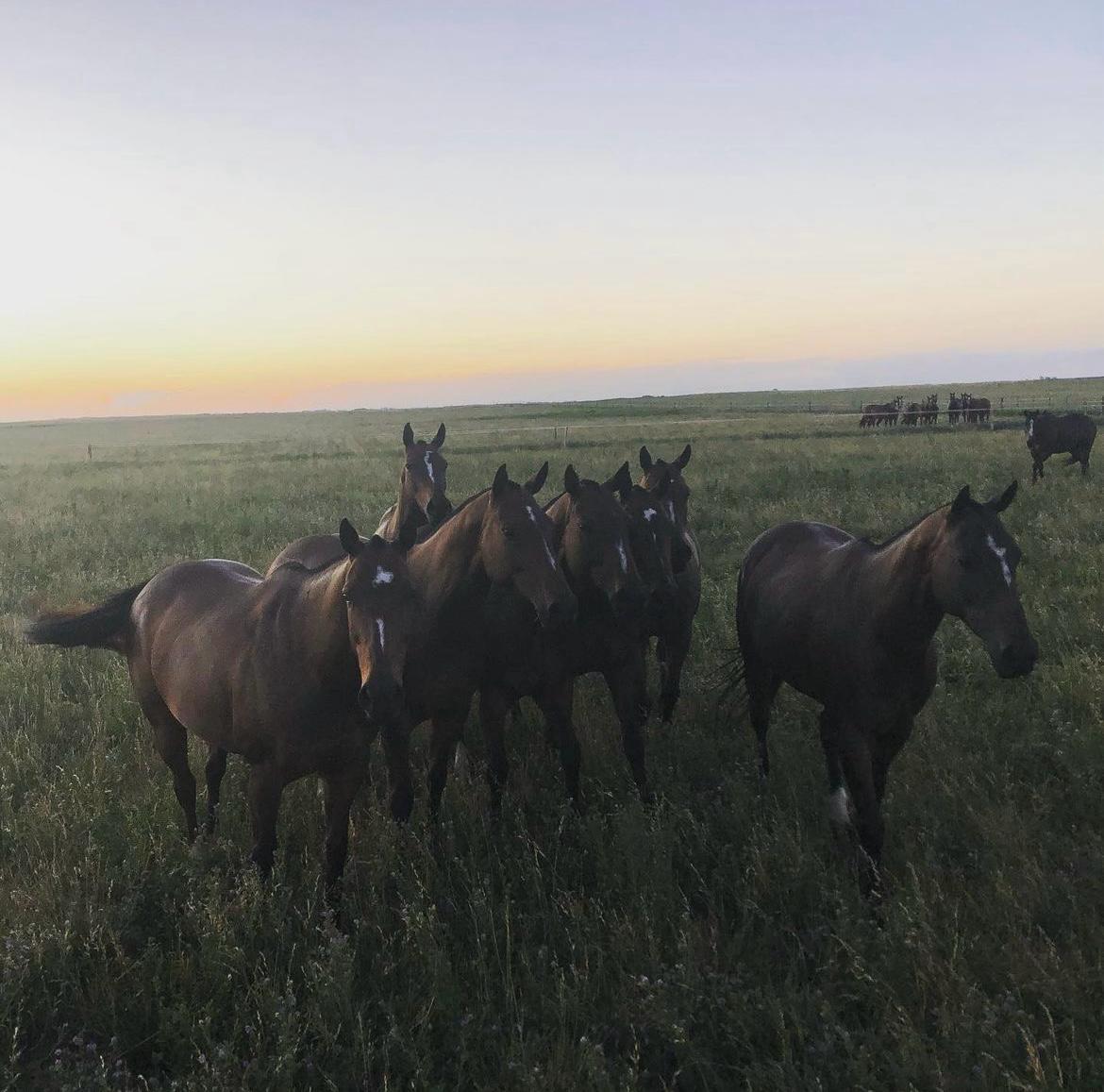A Glance into the future: The fascinating world of cloning polo ponies
In the fast-paced world of polo, where the bond between horse and rider is paramount, the concept of cloning polo ponies emerged as a ground-breaking endeavour.
In the fast-paced world of polo, where the bond between horse and rider is paramount, the concept of cloning polo ponies emerged as a ground-breaking endeavour.

In the fast-paced world of polo, where the bond between horse and rider is paramount, the concept of cloning polo ponies emerged as a ground-breaking endeavour.
In this blog post, we will delve into the history of cloning, the involvement of polo legend Adolfo Cambiaso, and the scientific process behind replicating equine excellence. Notably, we will explore the remarkable story of Dolfina Cuartetera, a renowned polo pony that has left an indelible mark on the sport.
The historical Journey of Cloning
The roots of cloning date back to the late 20th century, with the first successful cloning of a mammal, Dolly the sheep, in 1996. Since then, advancements in cloning technology have paved the way for ground-breaking applications in various fields, including equine sports.
In the realm of polo, the prospect of cloning polo ponies gained traction as a means to replicate exceptional equine athletes, preserving their genetic legacy for future generations.
Adolfo Cambiaso: A Pioneer in Cloning Polo Ponies
Adolfo Cambiaso, a legendary figure in the world of polo, made headlines when he became actively involved in cloning his prized polo pony, Dolfina Cuartetera. Recognising the extraordinary qualities of Dolfina Cuartetera, Cambiaso sought to extend her impact on the sport through the cloning process.
The decision to clone Dolfina Cuartetera was not merely about replicating a successful athlete but preserving a unique and irreplaceable connection between player and horse. Cambiaso’s involvement marked a pivotal moment in the history of cloning within the polo community.
The scientific process unveiled
Cloning polo ponies involves a meticulous scientific process known as Somatic Cell Nuclear Transfer (SCNT). In simple terms, the nucleus of the somatic cell (any cell of the body other then sperm of egg cell, but most often stem cells from the sternum) is transferred into an egg cell that has had its nucleus removed. The reconstructed egg, now containing the DNA from the somatic cell, is then stimulated to divide and develop into and embryo. This embryo is subsequently implanted into a surrogate mare, where it undergoes normal gestation.
The success of cloning in polo relies not only on the scientific precision of the process but also selecting the right donor horse whose genetic makeup embodies the desired traits for superior athleticism.
Shaping the Future of Polo
As the science of cloning continues to advance, the polo community finds itself at the intersection of tradition and innovation. Adolfo Cambiaso’s involvement and the replication of Cuartetera’s genetics exemplify a commitment to preserving the qualities that make a polo pony truly exceptional.
While the debate surrounding cloning in sports persists, there is no denying the impact it has had on shaping the future of polo. The cloned legacy of Cuartetera and the pioneering efforts of figures like Adolfo Cambiaso mark an exciting chapter in the ongoing evolution of this beloved sport.
In the quest for excellence, the world of polo explores new frontiers, leaving us to wonder what the future may hold for this fascinating blend of tradition and scientific innovation.
Look out for our next blog post where we discuss the impact cloning has had on the polo world, and look at some of the best horses to ever have been cloned.
If your interested in learning more about cloning, take a look at the recent article published by the Washington post: Horse cloning is transforming polo in Argentina - The Washington Post or listen to our latest NRG podcast where we catch up with the masterminds behind synergy cloning in Argentina: https://podcasts.apple.com/gb/podcast/the-nrg-podcast-the-horse-that-asked-why-and-other-stories/id1602685453?i=1000636686715
Your cart is currently empty.
Start Shopping